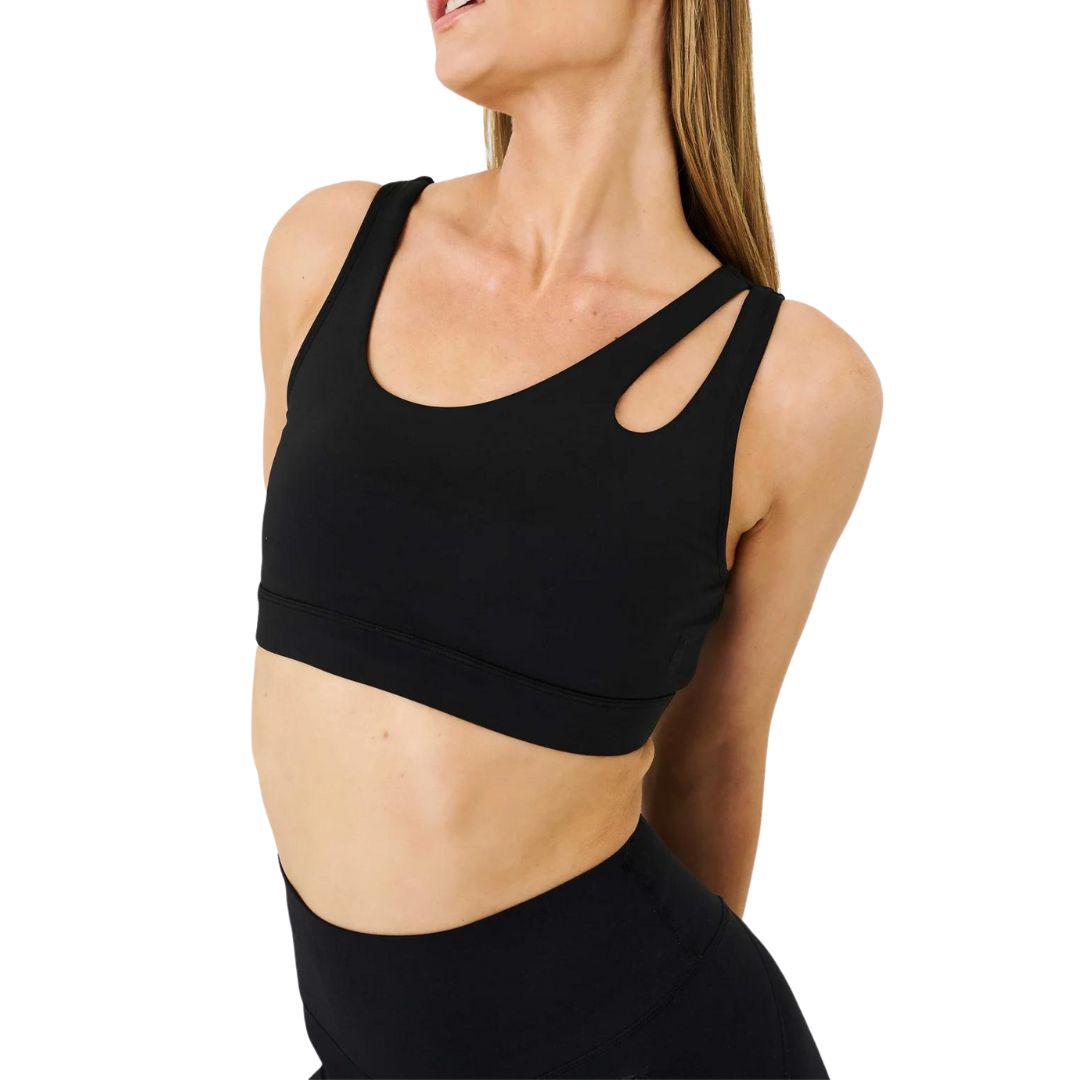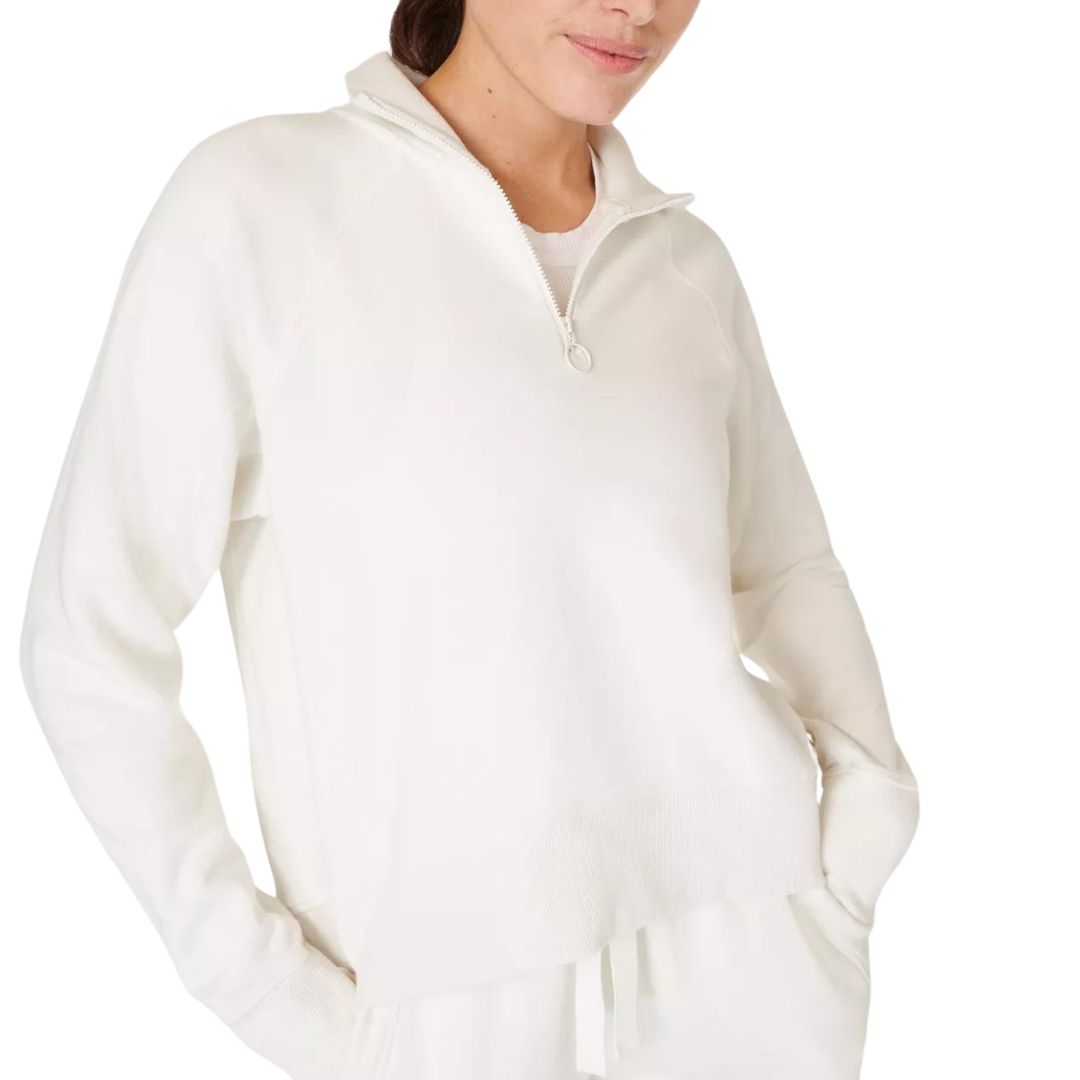It's official: these are the 7 Pilates workouts that coaches actually do at home for effective sessions
Roll out those mats and get ready to work.


If there’s one thing we can say for sure, it’s that the popularity of the humble home workout is showing no sign of waning. The ongoing cost of living crisis means we’re all looking for ways to stay active for less, and the surge in the quality and quantity of online fitness apps is making it easier than ever before to get your sweat on from the comfort of your living room. Enter stage right: Pilates workouts at home.
We probably don't need to tell you that the low impact sweat session has exploded in popularity in the last year. You literally can’t scroll for two seconds on social media without spotting someone in a Pilates roll up, with everyone from A-listers to your mates raving about the benefits of Pilates (improved posture, flexibility, stress relief – need we go on?)
So, combine these two phenomena and you’re onto a winner – plus, with Google searches for Pilates workouts at home up a whopping 100%, it seems we all want to know how to harness those incredible benefits from home. And, as luck would have it, Pilates is an excellent choice for a home workout – many of the moves can be performed using simply your bodyweight, and they’re straightforward enough to get the hang of pretty quickly.
But one thing’s for sure – when we’re working out from home, we want to get as much bang for our buck as we can, plus, we need to be sure that our form is on point, to prevent injury and maximise those gains. With this in mind, we asked the experts to share the most effective Pilates workouts at home, aka the ones they actually do themselves. Consider this your complete guide to Pilates from home.
If Pilates is your jam, you might like to take a look at coach-approved Pilates moves, the best 20-minute Pilates workouts, and our guide to the trending Pilates wall workout. If you're new to the workout, you might be on the hunt for a guide to Pilates for beginners, the best Pilates exercises for beginners, or keen to know, is Pilates once a week enough?
7 most effective Pilates workouts to do at home that coaches do themselves
What are Pilates workouts at home?
It probably needs no explanation, but for those who haven’t already heard of it, Pilates is a form of movement originally developed in the 1920s by Joseph Pilates, predominantly to help soldiers recover from injury. It quickly spread to the dance world as a means of injury prevention and rehabilitation – and from there, the rest is history.
Thanks (in large part) to the Covid pandemic, there are a plethora of online apps and websites you can access to practice Pilates - from Reformer Pilates to mat session and wall Pilates, there’s a class to suit everybody – and every wallet. As appealing as a swanky studio might be, for many of us, it’s simply not an option – but once you’re au fait with form and technique (and you may want to go to a few IRL classes, until you’ve nailed this), you’re good to go from home.
Celebrity news, beauty, fashion advice, and fascinating features, delivered straight to your inbox!
What are the benefits of Pilates workouts at home?
One of the things we love the most about Pilates (and trust us, there are loads) is that it translates perfectly from a studio to a home workout. For the most part, you need no equipment (apart from perhaps a comfy, non-slippy exercise mat) and if your living room is more bijou than Buckingham Palace, you also don’t need much space.
Short on time? Pilates at home is perfect. You don’t need to sweat it out for an hour plus to reap the benefits – studies (such as this one, published in the British Journal of Sports Medicine) show that just ten minutes of moderate physical activity was associated with a lower mortality risk – so if you’ve only got a few minutes, Pilates could be the answer.
7 Pilates workouts at home that coaches do themselves
We spoke to founder of Shape Pilates, Gemma Folkard, and Pilates coach Stacy Weeks, to find out their favourite moves.
“Pilates at home is always about the foundations for me, and what my body feels like it needs,” says Weeks. “If you’re a seasoned Pilates devotee, you might like to do a ten minute sequence of the fundamental movements and a few more challenging exercises three to five times a week on top of any normal technique work and practice, to gain the most from your home sessions.”
1. Pelvic curl
What? Lie supine (on your back) with your knees bent and your feet flat on the floor, about a fist width apart. Press the backs of your arms into the floor. Exhale and tilt the pelvis by starting to lift your bottom off the floor like velcro, until your hips, knees and shoulders are in a straight line. Inhale and roll the spine back down.
Why? “The pelvic curl is a great all-rounder,” explains Weeks. “It combines spinal mobility, a little tricep action and strengthens hamstrings.”
How long for? Repeat five times.
2. Leg lowers
What? Lying on your back, your legs are bent, feet flat on the mat. Keeping the right angle of the leg, lift it with control to bring the knee over the hip, no closer to the body. Keep the breath flowing and the spine neutral without letting your lower back collapse into the floor. Then, lower your leg back down and alternate legs.
Why? “Leg lowers are so simple, yet so challenging!” says Folkard. “They’re great for improving pelvic stability and challenging those lower abdominals. You can advance the move by straightening your legs, lowering both legs at the same time, or by holding a chest lift with your hands behind your head at the same time.”
How long for? Repeat 12 times and use advancements to increase heart rate and challenge.
3. Corkscrew
What? Start from the same position as in leg lowers above. Exhale and bring one leg at a time into knee fold (you might know it as tabletop). With your arms pressing on the floor, extend your legs to 90°. Inhale, move the legs to one side by lifting your hip, keeping shoulders and ribs on the floor. Exhale and lower the legs a little around in a circle into the same position as you were in on the other side and then return to centre. Change direction each time you repeat.
Why? “The corkscrew targets your obliques by rotation as well as hip flexor strength,” explains Weeks. “It’s more of an intermediate exercise, but it can be modified for beginners by just doing the twist side to side without the leg lowering.”
How long for? Try to complete six in total.
4. The Hundred
What? From the corskscrew, fold at the knees back into a knee fold position and squeeze the legs together. Lift your arms up to the ceiling, palms facing the knees. Exhale and lift the upper body up into flexion and lowerthe arms to hover off the floor. Inhale, lift the arms and return to the start position.
Why? “The Hundred is a classic move for a reason,” says Weeks. “It’s dynamic, it warms up the body and challenges the abdominals. It’s great for breathwork practice too.”
How long for? Repeat for 100 breaths, so ten reps.
5. Back extension
What? Lower your body to the ground (using a Pilates tricep press if you're feeling strong). Lie face down on your mat with your arms by your side, palms facing in and not touching the floor. Keep your legs slightly apart and feel your tailbone lengthening and press your pubic bone into the mat. Keeping the abs engaged, inhale and bring your head and neck back. Reach your heart forward towards the end of the mat (think length not height). Exhale and lower to repeat.
Why? "A back extension really is the exercise everyone should do," says Weeks. "It keeps your posture strong as it targets the posterior muscle chain at the back of the body, which is responsible for keeping you properly aligned."
How long for? Aim for ten reps.
6. Criss Cross
What? Lie on your back, hands behind your head, elbows lifted slightly. Draw one knee in and extend the other leg to around 45 degrees. Lift the chest and turn towards the bent knee gazing to the back elbow. Keep the hips heavy on and the spine completely imprinted onto the mat. Turn the other way and alternate legs.
Why? "This move works the obliques and lower abdominals while also raising the heart rate," says Folkard. "As such, it's a great cardio and strength combo."
How long for? Repeat 12 times (six each way).
7. Shoulder bridge
What? Start by lying on your back with the legs bent and parallel, about fist distance apart, and your arms down by your sides, palms down. Start to curl the tailbone up to the ceiling, peeling each vertebrae off the mat until the hips are lifted in line with the lower ribs. Articulate the spine back down to the mat.
Why? "This move strengthens the back of the body from the whole posterior chain to the glutes," says Folkards. "It also provides a lovely stretch for the front body - perfect if you spend lots of time hunched over a screen."
How long for? Repeat six to eight times.
Shop MC UK's favourite kit now:

As if the Adanola ulitmate leggings aren't fab enough (spoiler: they are), the brand has launched these new stirrup style leggings. Perfect for Pilates and mat work, these are, in our opinion, the GOAT for studio to street style. Keen to shop more from the brand? Scroll the MC UK Editor approved Adanola bestsellers, here.

Anna Bartter is a freelance journalist who writes about health, fitness and women's lifestyle for publications including Stylist, Metro and Psychologies, among others.
She's always on a quest to find a variety of fun and functional workouts that give you the most bang for your workout buck and she's passionate about championing movement for everyone's mental and physical wellbeing.








